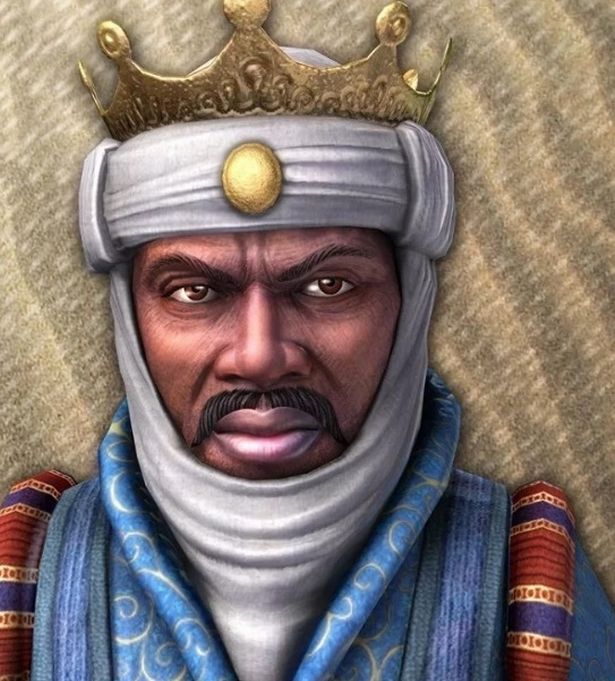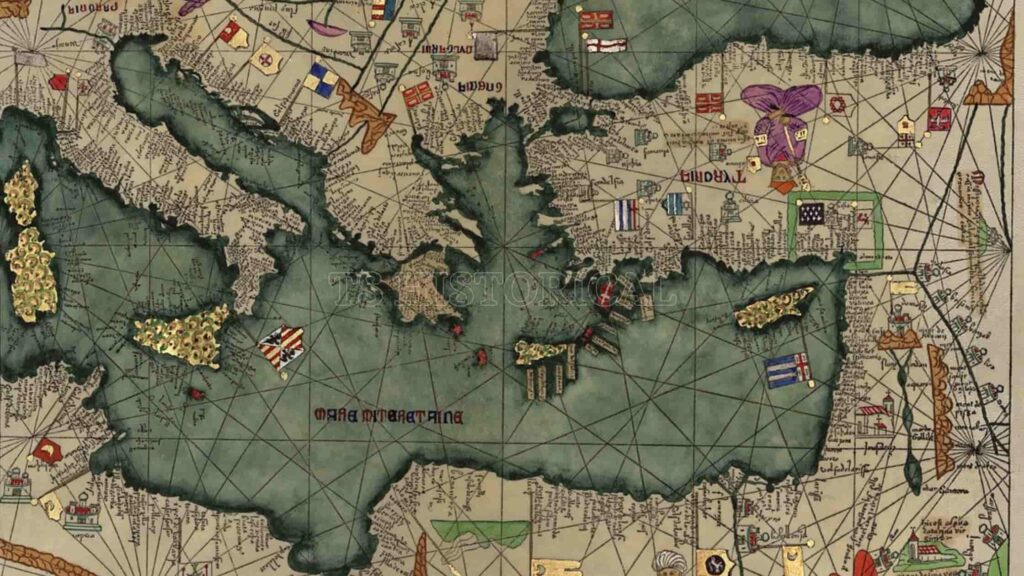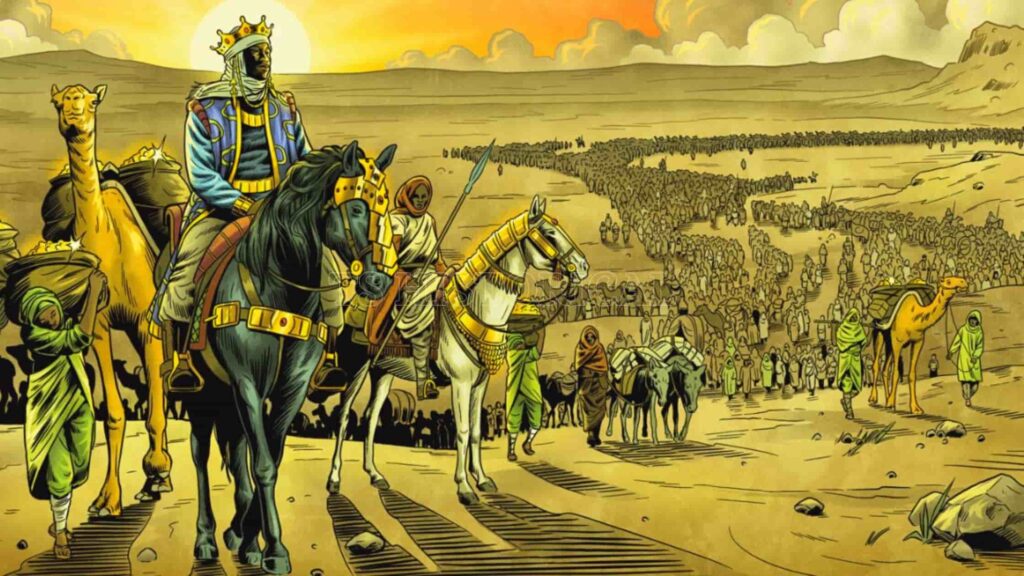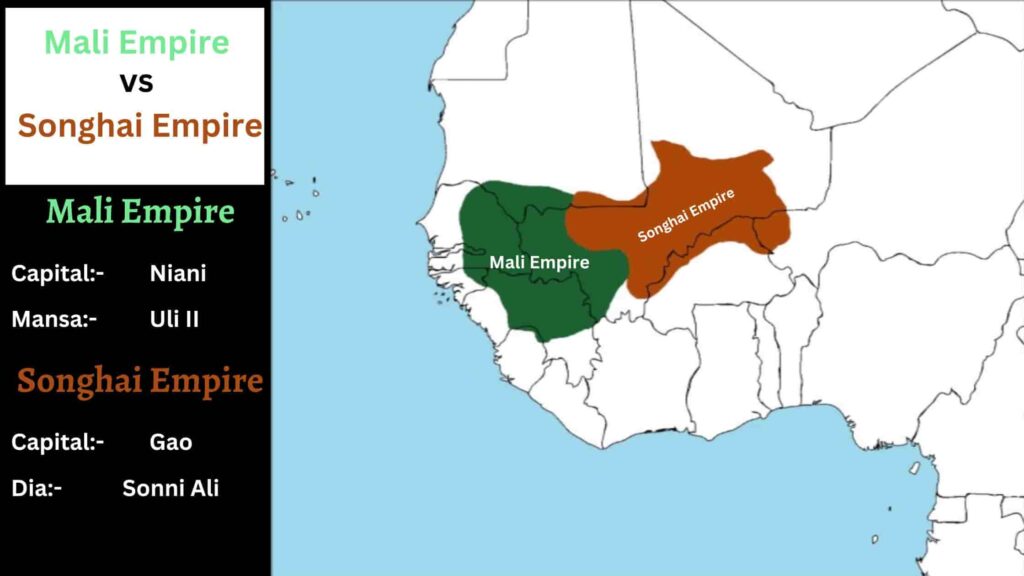Table of Content
Mansa Musa Summary
Mansa Musa was the richest man in the world. It was so rich that with its money many people like Mark Zuckerberg, Bill Gates, and Ambani could be bought from Aram. Mansa Musa was the ruler of the Mali Sultanate found in Africa, his real name was Musa which means king of kings. Mansa was his title, which was given to him after becoming the emperor, the biggest secret of his being so rich and powerful was salt and gold. On the other hand, in the Sultanate of Mali, hundreds of tons of gold used to be extracted every year. Due to this Mansa Musa was getting rich day by day.
Mansa Musa Facts

| Born: | 1280 Mali Empire |
| Death: | 1337 (age 56-57), unknown |
| Parents: | Faga Laye > Kanku |
| Children: | Maghan.I > Maghisibling: Suleiman |
Mansa Musa Early Life
Mansa Musa was Born in 1280 in Mali Empire. Mansa Musa was the son of Faga Laye and Kanku. His real name was Musa, and Mansa was the title of Mali Empire Kings. That is the reason, He is known as a Mansa Musa.
The Catalan Atlas

The Catalan Atlas, which featured the image of Mansa Musa, was drawn up in 1375, several decades after his death. The fact that Mansa Musa remembered the West African monarch after all these years – enough to put his face on a map – is a testament to the stunning spell he cast. A Spanish, specifically a Majorcan cartographer named Abraham Cresques, was responsible for composing the Catalan Atlas. Prince John of Aragon had hired him to create a map of the known world.
The Catalan Atlas was a standard and mainstay for medieval explorers. Of course, the “known world” at the time excluded the Americas and Antarctica. In the portion of the Catalan Atlas that designated West Africa laid the depiction of Mansa Musa, seated on a throne with a nugget of pure gold in his raised hand. All the intrepid explorers who consulted the map saw the noble visage of Mansa Musa staring back at them and wondered who he was. Thanks to new archaeological findings, the once-confusing puzzle has started to come together in recent years.
Download this Article in PDF Format
Get a well-documented version of this article for offline reading or archiving.
Download Now (2.1 MB)Africa has always been a place of wealth and wonder. And for that reason, it has attracted people from afar. As early as 400, local African kingdoms found themselves in a power struggle over who would control the wealth. Ghana came to prominence around 300, although it would not reach its peak until the 9th century. Mali became a significant force when the Kingdom of Ghana went into decline.
The Mali Empire

The Mali Empire began controlling all the major trade routes, which stretched from the rain forests to the south to the Saharan deserts of North Africa. Since gold was taken from the south to the north, the leaders of Mali were able to control the gold trade. Gold-laden camels traveling to and from Mali would become a common occurrence. Ruler Abu Bakr II, the predecessor to the man under discussion, tried to cross the Atlantic nearly 150 years before Christopher Columbus. The Scandinavians had long discovered the continent, but it was not a big deal since Europe had enough spoils to last them a lifetime. As such, the discovery of Leif Erikson was not well-known in the medieval world.
Abu Bakr II prepared a fleet of two hundred ships and left for the New World, never to be seen or heard from again. With their ruler thought to be lost for good, Musa became the empire’s new leader, becoming Mansa Musa in the process. An Arab scholar, Al Umari, recorded Musa’s words regarding his ascension. Still, the legend of his ascension is fueled by various anecdotal threads. Some historians claim that some people from Mali did reach the New World because remnants of nicotine, a purely American product at the time, have been found on Egyptian mummies. Whether or not Musa’s predecessor reached the New World, the Mali Empire continued to flourish.
Mansa Musa’s imperial leadership of the empire started around the year 1312. Not much is known about his wife, Inari Kunate, except that she bore him a son named Meghan. In the Mali Empire, it was common for men to have multiple wives, so Inari was probably his principal wife and queen. Mansa Musa sat on a “grand seat of ebony, flanked by elephant tusks” in his palace in Niani, the capital city of Mali. One of the first edicts imposed by Mansu Musa declared that Islam would be the state religion of the Mali Empire. Despite this decree, he was more or less tolerant of other beliefs in his region. He was an ardent believer in the idea that forced conversions were a lost cause. Still, his love for his religion had forced him to employ it as the official belief system.
The Griots Mali Empire
The oral historians of the Mali Empire, the griots, recorded that Musa, taking inspiration from Abraham’s tale in the Quran, had four birds killed and placed on four hills of Niani. According to Musa’s testimony, the griots further attest that time stopped as he watched all of his subjects, and even animals, freeze in place. Musa claimed an angel visited and briefly talked to him before “commanding the birds to return.”
The chopped birds miraculously reformed themselves joined the halo of light and took off over the horizon. Shortly after the divine intervention, he mounted his black stallion and signaled his entourage that he was ready to depart for Mecca. As he had left his empire, he relied on couriers to communicate with his advisors and governmental bodies.
The empire went on as usual. Whenever someone in the entourage died, their body needed to be buried. Still, it was a light crease on an overall splendid tour. The encampments would find the time to make merry and have fun. The emperor’s subjects contributed their labor to various tasks between the parties and festive activities. Outsiders who saw this spectacle in the Sahara could not bear to believe that it was not a mirage. Musa celebrated his birthday on the outskirts of Gourara, where no stone was left unturned in service of the event. After the brief stop for festivities, the entourage continued on its path, handing out gifts to whomever the emperor pleased.
They reached their first milestone, the oasis of Touat, the North African region located in the modern-day state of Algeria. Here, Mansa Musa met with traders from Morocco, an important regional player in that era, to understand its culture. Much of Musa’s life and the lives of several of his successors would be spent prioritizing diplomatic relations with the Moroccan sultanate above all else.
Mansa Musa Pilgrimage to Macca

Mansa Musa performed Hajj in 1326. The Hajj pilgrimage of Mansa Musa became famous all over the world. Because so much gold was looted in this journey that due to the plundering of more gold there was a fall in the prices of gold due to more gold in the cities there. Wherever he used to go out, he used to loot gold in that area. Mansa Musa looted the most gold in Cairo, Egypt, it is considered to be the most expensive Hajj journey ever in history.
It was made that people used to come from far and wide to see him, when the British came to know about Mansa Musa, they immediately started writing about him because there was nothing in Europe at that time, his sultanate in his era. Mansa Musa was considered to be the richest sultanate in the world, whenever he went out on a journey, he used to walk with many horses and camels behind him, on which there were gold diamonds and gems which he used to spend among the poor.
Songhai empire vs Mali empire

Mansa Musa, whose empire was one of the greatest in the world at that time, is said to have remarked that it would take a year to travel from one end of his territory to the other. Although this is most likely an exaggeration, it is known that one of his generals, Sagmandia (Sagaman-dir), expanded the empire by capturing the Songhai capital of Gao during his visit to Mecca. The Songhai Empire spanned hundreds of miles, thus conquering it meant gaining control of a vast territory. According to the 14th-century traveler Ibn Bah, the journey from the northern frontier of the Mali Empire to Niyani in the south took about four months.
The emperor was so pleased with his new acquisition that he decided to postpone his return to Nianyi and instead traveled to Gao, where he would obtain the Songhai king’s personal surrender and kidnap the king’s two sons. Mansa Ms. now commissioned Isk al-Sil, a Granada poet and builder who had accompanied her from Mecca, to build mosques in both Gao and Timbuktu, a Songhai metropolis practically equal in importance to Gao. . Baked bricks were used for the construction of the Gao Mosque, which had never been used as a building material in West Africa before.
Timbuktu became a very important commercial city under Mansa Musa with caravan connections with all other important trading centers of Egypt and North Africa. Along with promoting trade and commerce, learning and the arts received royal sponsorship. Scholars primarily interested in history, Kurnic theology, and law planned to convert the Sankar Mosque in Timbuktu into a learning center and to establish the Sankar University.
Mansa Musa Heritage
Mansa Musa died in 1332 But the cause of his death is not known. Mansa Musa’s superior administrative abilities can be seen in the organization and smooth administration of a purely African kingdom, the establishment of the University of Sankar, the expansion of trade in Timbuktu, Gao, Timbuktu and Niyani, as well as throughout Mali and Songhai kingdoms, architectural Improvements were made. Moreover, the moral and religious beliefs that he instilled in his students persisted long after his death.
People Also Ask?
How much gold did Mansa Musa have?
Mansa Musa is known as the Richest man in History. Mansa Musa was very kind, he distributed about 72,000 pounds of gold among the poor during his Hajj journey.
How rich is Mansa Musa today?
About 400 billion dollars after distributing the money among the poor
Is Mansa Musa richer than Elon?
Yes, Mansa Musa is richer than Elon Musk, Elon Musk’s net worth is 142 Billion Dollars and Mansa Musa’s net worth is above 400 Billion Dollars.
Discover more from TS HISTORICAL
Subscribe to get the latest posts sent to your email.

In the picture of Mansa Musa with his retinue of 60.000 crossing the desert, obviously he is the crowned man on the horse, the man carrying the golden staff is very likely not him, but one of his very decorative slaves?
This time you are right.
“Great”
Below the picture, it is mentioned that Mansa Musa “looted” gold. I think you mean he gave away gold as alms, while “looting” means robbing. It does not fit in with the story.
I think you probably didn’t notice that I was referring to the word “lot” not loot at the bottom of the image.